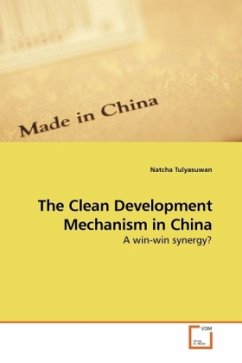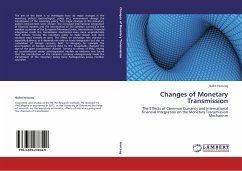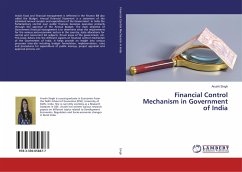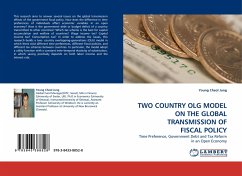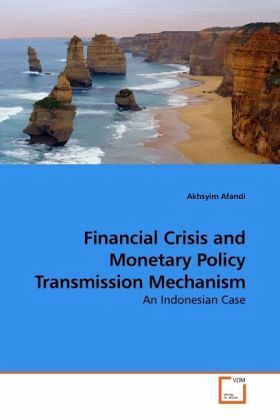
Financial Crisis and Monetary Policy Transmission Mechanism
An Indonesian Case
Versandkostenfrei!
Versandfertig in 6-10 Tagen
52,99 €
inkl. MwSt.

PAYBACK Punkte
26 °P sammeln!
Over the past three decades Indonesia has been boldly liberalising its financial sector, which accordingly becomes one of the most liberalised financial sectors. Since the foreign exchange market was liberalised long before market disciplines and prudential regulations were firmly in place, the liberalisation also produced the worst financial crisis ever hit Indonesia. Triggered by enormous exchange rate depreciation in late 1997, the crisis substantially disrupted the intermediary capacity of banking industry, produced many bankruptcies and inevitably prompted another round of financial refor...
Over the past three decades Indonesia has been boldly liberalising its financial sector, which accordingly becomes one of the most liberalised financial sectors. Since the foreign exchange market was liberalised long before market disciplines and prudential regulations were firmly in place, the liberalisation also produced the worst financial crisis ever hit Indonesia. Triggered by enormous exchange rate depreciation in late 1997, the crisis substantially disrupted the intermediary capacity of banking industry, produced many bankruptcies and inevitably prompted another round of financial reform close to a complete overhaul of the financial sector. This book investigates how these financial reforms likely have effects on the monetary policy transmission mechanism in Indonesia. It assesses the relative strength of each channel of monetary policy transmission and whether these structural changes have changed the course of each channel. The analysis should help shed some light on the complexity of monetary policy making amid the increasingly turbulent environment and should be especially useful for policy analysts and students of monetary economics.







